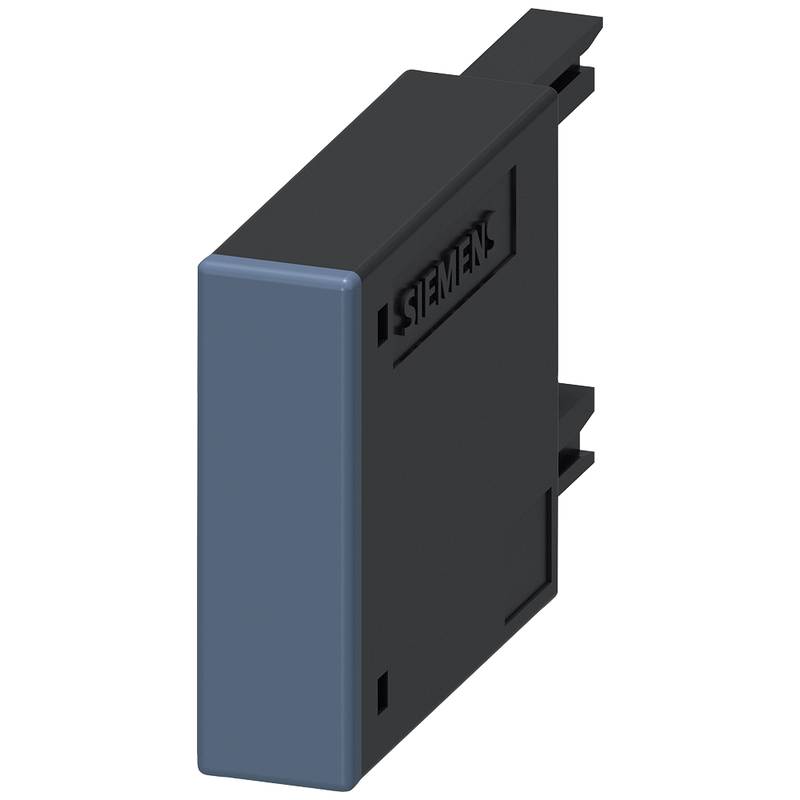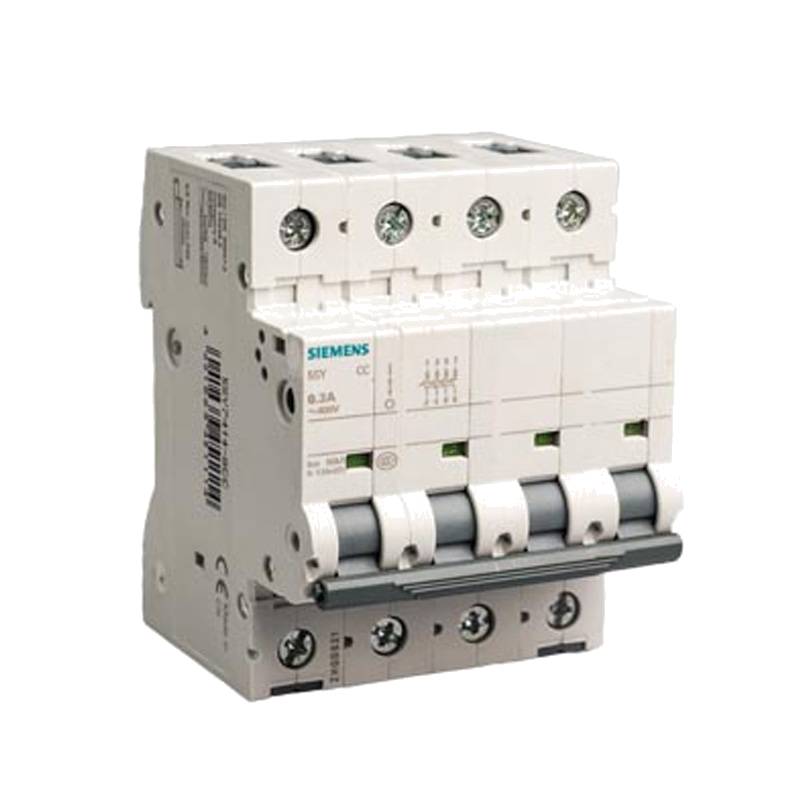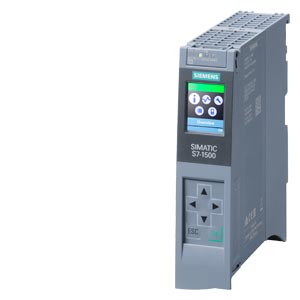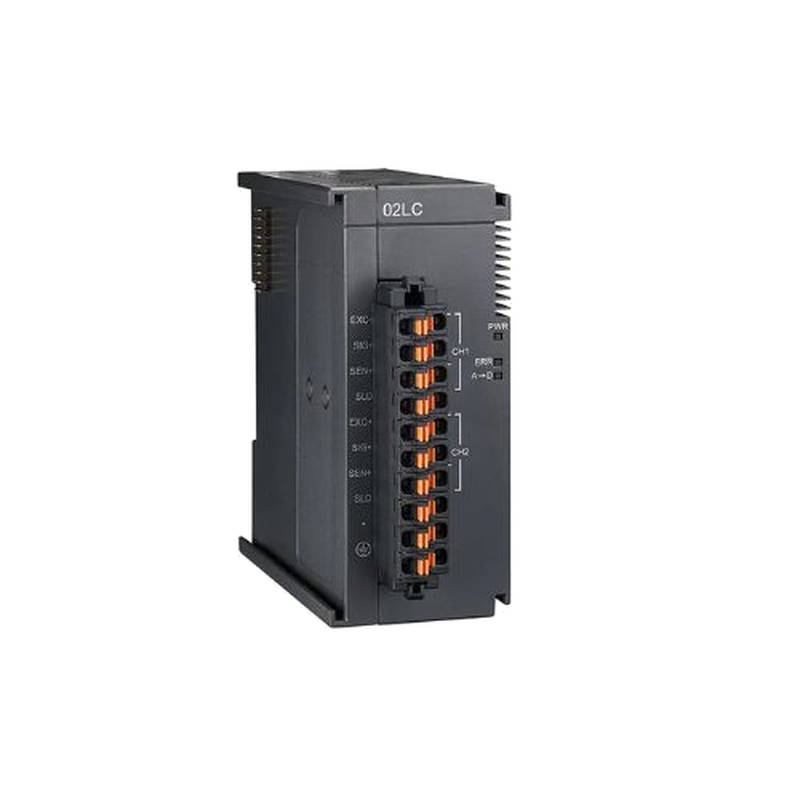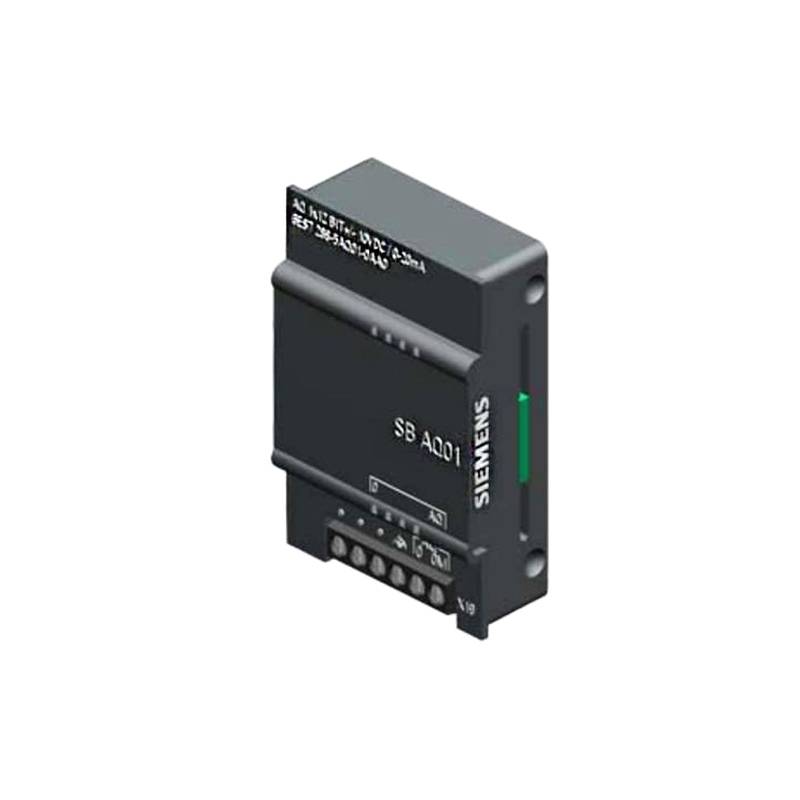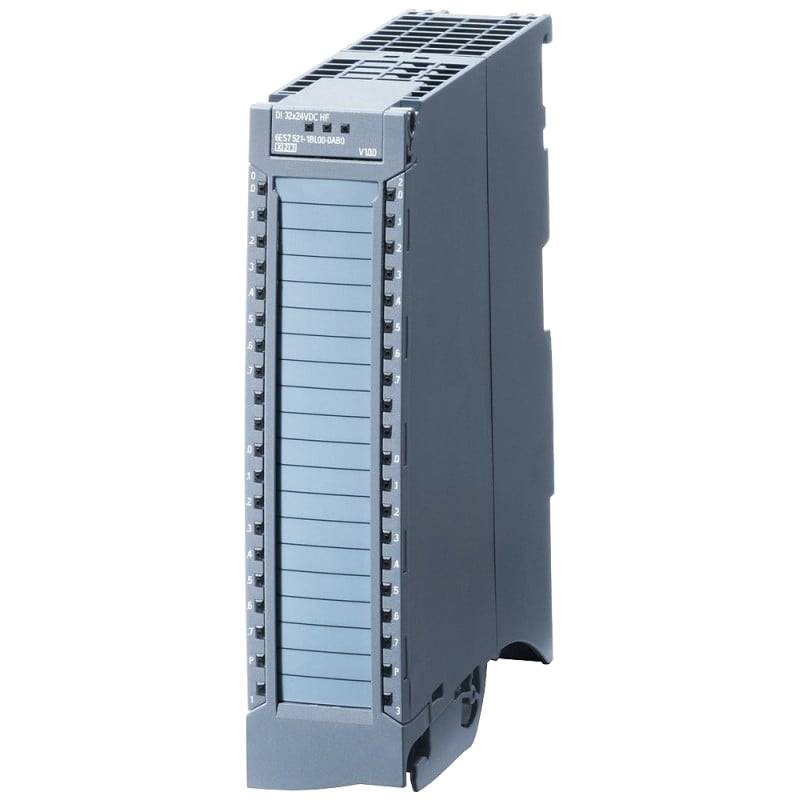
The Delta DVP04AD-H2 is a high-performance 4-channel analog signal acquisition input module designed for industrial automation applications, offering precise measurement and reliable data processing. This module stands out with its high resolution, fast conversion speed, and robust industrial design, making it a critical component for systems requiring accurate monitoring of analog signals. Its compatibility with the Delta DVP series PLC makes it a seamless addition to existing automation architectures, enhancing control capabilities and operational efficiency.
Product Specifications
| Feature | Specification |
| :------------------- | :----------------------------------------------- |
| Input Channels | 4-channel analog input |
| Input Signal Types | Voltage (0-10V), Current (0-20mA, 4-20mA) |
| Resolution | 16-bit |
| Conversion Speed | 1 ms/channel |
| Isolation | Photocoupler isolation |
| Power Consumption | 5VDC, 50mA; 24VDC, 10mA |
| Operating Temperature| 0°C to 55°C |
| Dimensions (W x H x D)| 26.2 x 90 x 62 mm |
| Communication | RS-485 (for DVP-ES/EX/EC2 series) |
| Mounting | DIN rail |
Core Features & Market Positioning
The Delta DVP04AD-H2 distinguishes itself in the competitive industrial automation market through its superior 16-bit resolution, providing exceptionally precise analog signal interpretation, which is crucial for sensitive process control. Its rapid 1ms conversion speed per channel ensures real-time data acquisition, minimizing latency in critical control loops and enabling prompt responses to process changes. The module's robust design, featuring photocoupler isolation, enhances its reliability and protects against electrical noise and transient voltage spikes common in harsh industrial environments, a key factor in its market positioning as a dependable solution. This combination of precision, speed, and durability makes the DVP04AD-H2 an ideal choice for applications demanding high accuracy and unwavering performance.
Key Application Scenarios
The Delta DVP04AD-H2 finds extensive application across various industrial sectors where precise analog signal monitoring is paramount. In the chemical processing industry, it is vital for accurately measuring and controlling parameters like temperature, pressure, and flow rates using sensors that output voltage or current signals. Within the manufacturing and assembly lines, the module facilitates real-time monitoring of machine performance, load cells for weight measurement, and positioning sensors, enabling sophisticated automation and quality control. Furthermore, its capabilities are leveraged in the power generation and distribution sector for monitoring grid stability, generator output, and environmental conditions, ensuring operational safety and efficiency.
Practical System Integration Guidance
Integrating the Delta DVP04AD-H2 into an industrial control system is streamlined due to its design for compatibility with Delta's DVP series PLCs. The module connects directly to the PLC's digital input/output points or via dedicated communication interfaces, depending on the PLC model. For wiring, ensure proper grounding and connection of the analog input signals (voltage or current) to the corresponding terminals on the module, adhering strictly to the voltage/current specifications to prevent damage. Programming involves configuring the PLC to read the analog input values, which are typically represented as raw digital data that needs scaling into engineering units (e.g., degrees Celsius, milliamps) using specific PLC instructions or function blocks. Consult the DVP04AD-H2 manual for detailed wiring diagrams and programming examples specific to your PLC model to ensure successful commissioning.
Operation and Risk Mitigation
Safe operation of the Delta DVP04AD-H2 requires adherence to electrical safety standards and proper handling procedures. Always ensure power is disconnected before making any wiring changes or performing maintenance. Avoid exposing the module to environmental conditions outside its specified operating range (0°C to 55°C) to prevent component failure. A common troubleshooting issue involves incorrect signal scaling, leading to inaccurate readings; verify programming logic and input signal types match configured settings. Fault indicators on the module, if present, can help diagnose issues; consult the product manual for specific error codes or diagnostic information. Properly isolating signal grounds from power grounds is also crucial to prevent ground loops and ensure signal integrity.
Scalability & Long-Term Value
The Delta DVP04AD-H2 offers significant long-term value through its integration capabilities within the broader Delta DVP ecosystem and its adaptability to emerging industrial trends. Its compatibility with various Delta DVP PLC series allows for straightforward upgrades or expansions of existing automation systems without requiring a complete overhaul of the control architecture. This modularity enables users to scale their analog signal acquisition capabilities by adding more DVP04AD-H2 modules or other compatible I/O modules as plant needs evolve. Furthermore, the data acquired by the DVP04AD-H2 can be readily integrated into Supervisory Control and Data Acquisition (SCADA) systems or Industrial Internet of Things (IIoT) platforms, paving the way for advanced data analytics, predictive maintenance, and smart manufacturing initiatives, thus future-proofing investments.
Frequently Asked Questions
Q1: What types of analog signals can the Delta DVP04AD-H2 module accept?
The Delta DVP04AD-H2 module is versatile and supports both voltage and current analog input signals, providing flexibility for various sensor types. It can accept standard voltage inputs such as 0-10V, allowing for precise measurement of signals from potentiometers or certain types of sensors. Additionally, it is equipped to handle current loop signals, specifically the popular 0-20mA and 4-20mA ranges, which are commonly used in industrial environments for their robustness against electrical noise.
This wide range of supported signal types makes the DVP04AD-H2 suitable for a broad spectrum of industrial applications, from simple process monitoring to complex control loops where accurate analog feedback is essential. Users can easily configure the module to match the output of their existing sensors or newly installed instrumentation without needing signal conditioning converters in many cases.
Proper configuration within the PLC programming software is crucial to ensure the module correctly interprets the incoming analog signal type. This selection directly impacts how the raw digital data is converted into meaningful engineering units for process control and visualization, highlighting the importance of checking sensor specifications against module capabilities.
Q2: How does the 16-bit resolution of the DVP04AD-H2 impact its performance?
The 16-bit resolution of the Delta DVP04AD-H2 module translates to a significantly higher level of precision in analog-to-digital conversion compared to modules with lower resolutions, like 12-bit. This means the module can distinguish between a greater number of discrete voltage or current levels within its input range. Specifically, a 16-bit module can divide its input span into 2^16, or 65,536 distinct steps, offering finer granularity in measurements.
This enhanced precision is critical for applications requiring subtle adjustments or accurate monitoring of small changes in process variables, such as precise temperature control in sensitive chemical reactions, accurate flow rate measurements in pharmaceutical manufacturing, or detailed load cell readings in high-precision weighing systems. Industries demanding strict quality control and minimal deviation will benefit immensely from this capability.
By providing more detailed analog data, the DVP04AD-H2 allows for more sophisticated control algorithms and better diagnostic capabilities. Operators and automated systems can react to process variations with greater accuracy, leading to improved product quality, reduced waste, and optimized resource utilization across various industrial processes.
Q3: Is the Delta DVP04AD-H2 module compatible with PLCs other than Delta's DVP series?
While the Delta DVP04AD-H2 is primarily designed and optimized for seamless integration with Delta's DVP series of Programmable Logic Controllers (PLCs), its applicability can extend to other platforms under specific conditions. The module communicates digitally with the PLC, and if another PLC brand supports the necessary communication protocols and data formats, it might be possible to interface with the DVP04AD-H2. However, this typically requires advanced configuration and potentially custom programming.
Achieving integration with non-Delta PLCs often involves understanding the module's communication protocol (e.g., Modbus RTU if supported via an adapter or specific communication setting) and mapping its data registers within the new PLC's environment. This process can be complex and may necessitate in-depth knowledge of both the DVP04AD-H2's data structure and the target PLC's communication capabilities.
For guaranteed compatibility, ease of integration, and full access to all features and support, it is strongly recommended to use the Delta DVP04AD-H2 exclusively with Delta's DVP series PLCs. Using it with other brands may void warranties or lead to unsupported configurations, increasing the risk of operational issues and requiring specialized expertise to resolve.

















